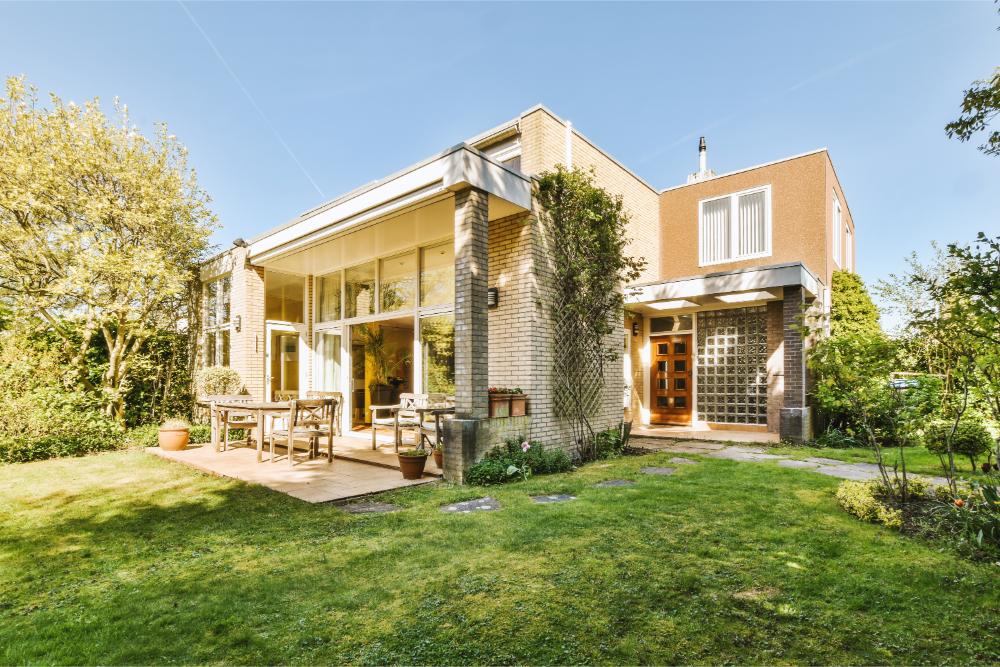Defining Afro-Contemporary Homes: The Role of Case Study Houses

The home is a fundamental expression of architectural movements within the fabric of a city. As one of the smallest typologies, it is the simplest canvas to exhibit the design ethos of any particular era. African cities have continuously negotiated the meaning of their residential dwellings, from traditional architecture to colonial architecture, and the influx of post-colonial modern architecture.
Vernacular architecture explored homes with spatial patterns rooted in cultural dexterity, envelopes built with indigenous materials and forms, endowed with traditional motifs. These were in stark contrast to colonial homes that featured a range of imported architectural styles across the continent, neglecting their climatic and cultural contexts while amplifying social class.
The post-colonial period witnessed a myriad of architectural styles and movements. Notably, Tropical Modernism, with its birth in West Africa, comprises Nigeria, Sierra Leone, Gambia, and the Gold Coast (Ghana). This movement embodied environmental design, with buildings made to pay allegiance to their contextual climate, interiors curated to provide comfort, and forms built to express the aesthetics of a country’s independence.
They were explorations carried out by foreign-born architects who were state commissioned in these countries; it was a top-down approach towards city building, where only economically buoyant projects were the beneficiaries. The movement flourished in defining institutional buildings such as churches, schools, and parliaments but struggled with its influence and sustainability in residential architecture. This created a gap in the educational dialogue between these architects, the country’s young architecture profession, prospective clients, and everyday home builders.